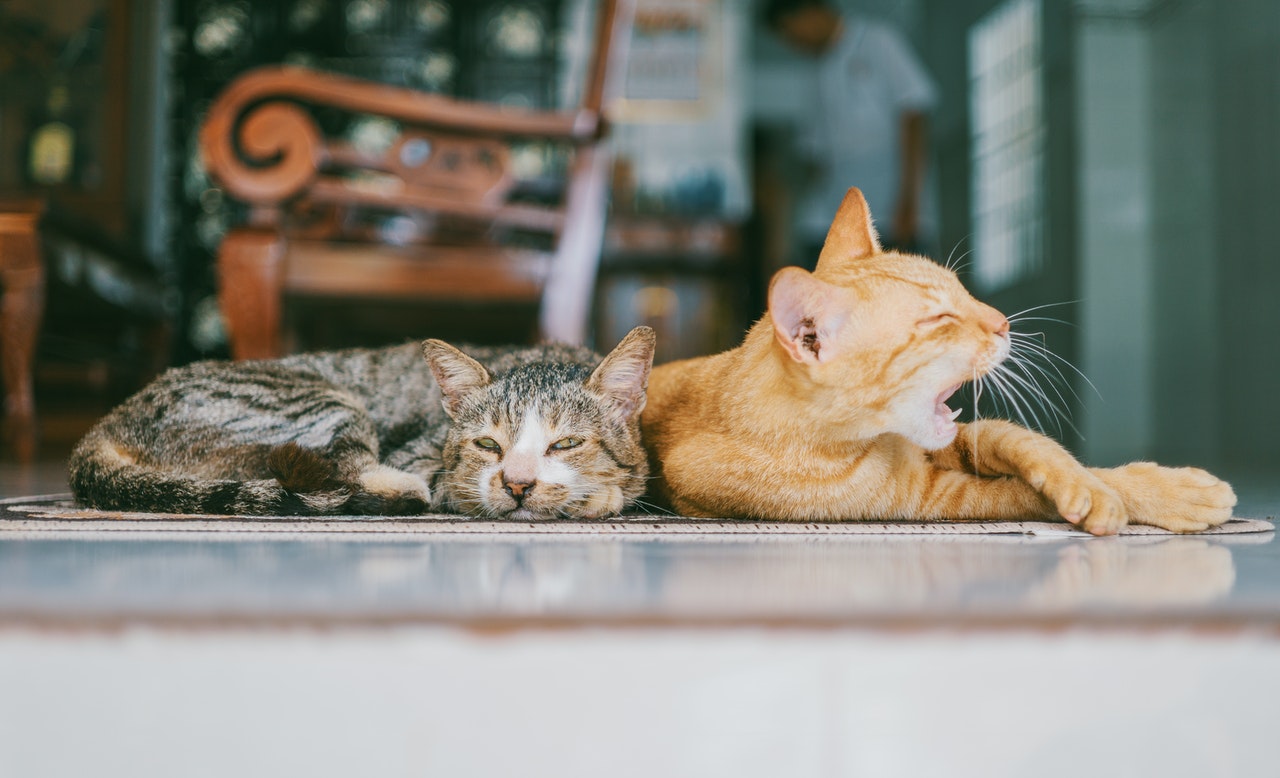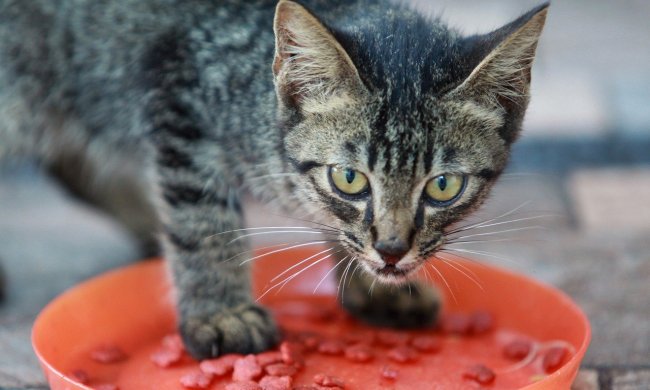Pet insurance can be a confusing topic, but it works like your own health insurance in many regards. For instance, pet insurance has deductibles — the amount of the total cost you have to pay before you can receive deductible reimbursement. You may be asking yourself, “Wait, do deductibles reset every year? How do pet insurance deductibles work?” Don’t worry — we’ve got you covered.

How to choose the best option for your pet
You pay a monthly or yearly premium on your health insurance, home insurance, and car insurance. Pet insurance works the same way. When you’re choosing an insurance policy for your pet, the most important step is factoring in your budget. In addition to the premium, you’ll have to cover deductibles and copays. Just like with health insurance, the lower the deductible, the higher the premium. If you opt for a higher deductible, you’ll save money on the premium.
Decoding deductible terms
When it comes to deductibles, there are two main types: annual deductibles and per-incident — also called per-condition — deductibles. Let’s take a closer look at each one, so you can figure out the best option for your budget and your pet.
Annual deductibles
If you choose a pet insurance policy with an annual deductible, that means you have to meet your deductible only once per term. Once you’ve met the deductible, only the copay gets subtracted from reimbursement claims until you renew the policy and the annual deductible resets. With an annual deductible, you can take your pet to the veterinarian twice a year or 50 times a year, and you only have to meet the deductible once to cover your pet’s medical bills.
Why choose a policy with an annual deductible?
The main perk of policies with an annual deductible is their predictability. Because you never know when your pet will fall ill or get hurt, you may feel safer knowing you won’t have to spend a fortune out of pocket if you’ve already met your deductible. For example, if you have an annual deductible of $300, and your pet needs stitches and medication for a minor injury, assuming the bill comes to roughly $300, you’ve satisfied the deductible for the year. Let’s say your pet eats too much grass and needs treatment to stop her vomiting. Even if your pet’s bill costs several hundred dollars, you’ll have to cover only the copay for your visit. Some insurance companies, though not all, allow you to personalize your policy by selecting your annual deductible.

Per-incident (or per-condition) deductibles
Each time you take your pet to the vet’s office for a new condition, a per-incident or per-condition deductible applies. Many people dislike per-incident deductibles because these policies sometimes reimburse you less than other policies do. If your pet has several medical issues to contend with, this can be especially annoying. As an example, say your pet sustains an injury and needs stitches; this counts as one incident. If the same pet suffers from diarrhea later on, that’s a separate incident, so you’ll have another deductible. Assuming the bill for each incident is $200, costs can add up quickly.
Why choose a policy with a per-incident deductible?
Using the example of diarrhea, multiple incidents of diarrhea back-to-back will be covered as the same condition. In that case, you’ve already met the deductible for that condition, so you’re good to go. And there’s another perk to per-incident deductibles. According to pet insurance company Trupanion, the average pet will face two to three ongoing problems over the course of a lifetime. If you have an annual deductible, you have to start from scratch each time your pet’s policy resets. With a per-incident deductible, you’ll pay a deductible for each recurring condition once.

More on deductibles
Each pet insurance company operates a little differently, so we strongly recommend reading (and then re-reading) the terms and conditions of the plans you’re researching. Many insurance companies offer a hotline you can contact if you have questions, though not all do. Spending time on research now can save you a lot of money later on. But before you get your Google on, we can share a few things to help you out.
- Not all charges apply toward your deductible. Charges for treatments related to preexisting conditions won’t go toward the deductible. For the most part, neither will routine visits. That being said, some pet insurance companies offer wellness plans that will cover routine visits like exams.
- Every pet covered by your insurance policy has their own deductible, but some companies do offer multi-pet discounts to help offset some of the costs.
- Some pet insurance companies offer policies without a deductible. But as we mentioned before, that means you’ll pay a much higher premium.
Your pet is a member of your family. Just as you want all your human family members insured, having pet insurance is a tremendous help if your pet needs lifesaving treatment after an injury or illness. Some policies can be expensive, but if you do your due diligence and insure your pet while she’s young and doesn’t have any preexisting conditions, you can save a ton of money in the long run.



